So far during this expedition, we have only surveyed the tiniest fraction of the Perth Canyon’s walls, yet during our deepest dive, we have already discovered an exciting deep sea community. This never before seen community survives in total darkness on the hard rock of the canyon’s walls at 1600 m (1 mile) below the surface. So what exciting creatures have we discovered living in the Canyon’s depths?
Venus flytrap anemones (Actinoscyphia)
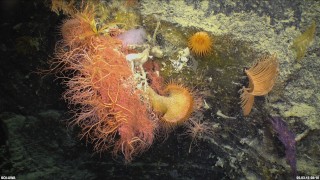
These aptly named anemones have been found clinging to the stems of various soft corals during our dives. This is the first time that this group of anemones has been seen in Western Australian waters. Like their terrestrial namesakes, the flytrap anemones will close around their prey using their tentacles to trap the prey. These tentacles have stinging cells, called cnidae (like jellyfish and shallow water anemones), that help subdue their prey.
Brisingid seastars
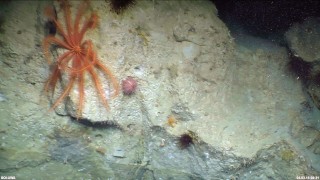
These bright orange seastars usually have over 10 arms surrounding their small central disc-like body. Unlike most seastars, brisingids don’t feed on other bottom dwelling invertebrates, but are suspension feeders with their arms raised off the seafloor to catch their prey. Brisingid seastars are incredibly fragile and have earned the common name of the “armless seastar” because when they are collected as part of trawls or dredging, often all that is left is the central disc and disassociated fragments of the arms. This image is the first record for this group in southern Western Australia, having previously been recorded only north of Port Hedland (northwest Australia).
Golden coral (Metallogorgia)
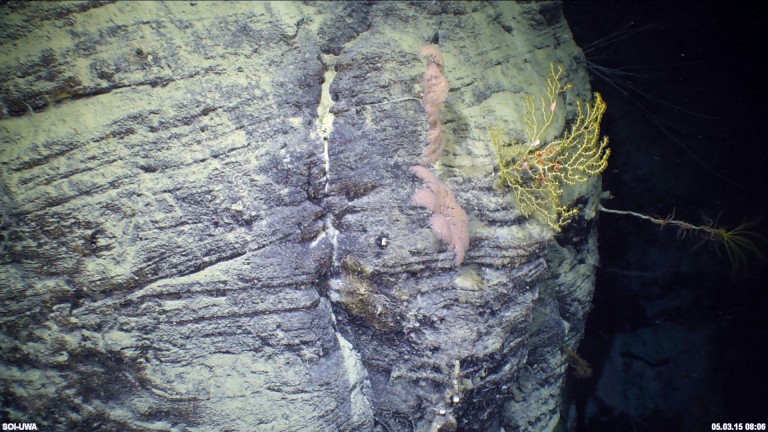
Looking a bit like a deep sea palm tree with its frond–like branches atop a long trunk, golden corals get their name from their skeleton’s beautiful metallic lustre.
Basket star (Gorgonocephalidae)
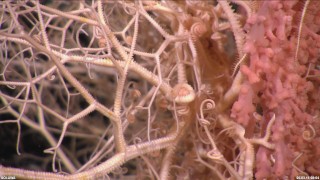
Basket stars belong to the same class of echinoderms as brittle stars and comprise of a central disc-like body from which radiate five arms. Unlike their more common cousins, these five arms are branched resulting in an amazingly confused looking tangle of arms. How an animal with no central brain keeps track of so many limbs is definitely a mystery.
Mushroom soft coral (Anthomastus)
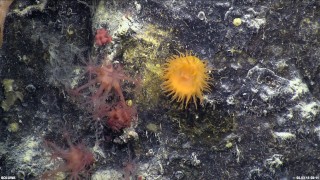
This deep sea oddity lacks a hard skeleton common to many soft corals. The large polyps are supported by internal water pressure and can be quickly retracted when disturbed. The only other records of this genus in Western Australian waters are from Albany on the southern coast of WA and the Northwest Cape further north.

